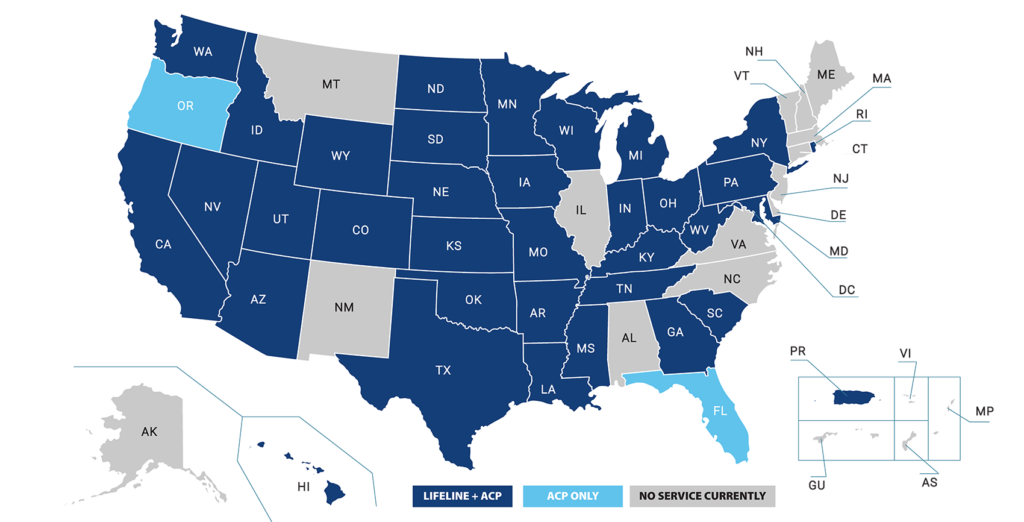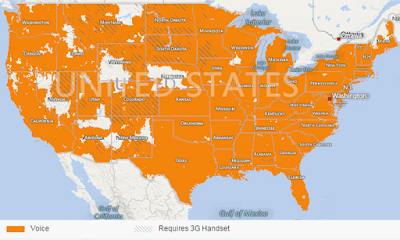In today’s fast-paced world, it’s not uncommon to hear buzzwords and phrases that you may not be familiar with. One such term that has gained popularity in recent years is “issue networks.” But what are issue networks, and why are they important?
In a nutshell, issue networks are groups of individuals and organizations that come together around a specific issue, such as climate change or healthcare reform. These networks are not necessarily formal or hierarchical and can be made up of a variety of stakeholders, including policymakers, interest groups, activists, and experts. The aim of issue networks is to influence public policy by mobilizing resources and expertise, building coalitions, and shaping public opinion. In this article, we’ll delve deeper into the concept of issue networks, explore their characteristics and functions, and examine their role in shaping policy outcomes.

What are Issue Networks?
Issue networks are a type of collaborative network that provide a platform for citizens, organizations, and government to discuss, debate, and solve problems. They are a way of connecting citizens, organizations, and government to enable collective problem-solving and coordinate collective action.
The Benefits of Issue Networks
Issue networks are an effective way of creating collective solutions to problems. They bring together diverse stakeholders to discuss and debate, allowing for a more holistic approach to problem-solving. By creating a platform for open dialogue, issue networks can provide a space for citizens to voice their opinions and to be heard. Furthermore, issue networks provide a way for government to access real-time, on-the-ground feedback from citizens and organizations. This feedback can be used to inform policy decisions and ensure that all stakeholders’ needs and interests are taken into consideration.
Creating an Issue Network
Creating an issue network requires careful planning and a commitment from all stakeholders. First, the stakeholders need to decide what the purpose of the network will be. This could include solving a specific problem, creating a platform for collective decision-making, or providing a space for open dialogue. Once the purpose of the network is established, the stakeholders need to decide how the network will be structured and how it will be managed. This includes setting up a governance structure, creating rules and guidelines, and deciding who will be responsible for managing the network.
Managing an Issue Network
Managing an issue network requires careful coordination from all stakeholders. This includes creating a system for gathering feedback from citizens and organizations, and for managing the dialogue within the network. It also requires creating a system for making decisions and for monitoring the progress of the network. Finally, it is important to ensure that all stakeholders are regularly updated on the progress of the network and that their feedback is taken into consideration.
Frequently Asked Questions about Issue Networks
Issue networks are groups of individuals and organizations who share a common interest in a particular issue, and work together to promote their views and advocate for change. They typically involve a core group of people or organizations who form the core of the network, as well as peripheral members who are not as actively engaged.
What is an Issue Network?
An issue network is a group of individuals and organizations that share a common interest in a particular issue and work together to advocate for change. The core group of the network are the people or organizations that form the core of the network and actively engage in advocacy, while peripheral members may be less actively involved. Issue networks can be local, national, or international in scope and may include government entities, civil society organizations, businesses, and private citizens.
How Does an Issue Network Operate?
Issue networks operate by creating a platform for members to come together and discuss their shared interests. Through this platform, members can exchange ideas, form relationships, and build consensus on how best to advocate for their cause. The network also provides a forum for members to share resources, coordinate activities, and collaborate on projects. The issue network is an important tool for bringing together disparate interests and creating a unified voice in the pursuit of a common goal.
What Benefits Does an Issue Network Provide?
An issue network provides a variety of benefits to its members. By creating a platform for members to come together and share ideas, resources, and strategies, the network helps to create a unified voice for a cause. Additionally, the network can provide access to expertise and resources that may not be available to individual members. Finally, the network can provide a platform for members to coordinate activities and collaborate on projects, further increasing the impact of their advocacy efforts.
What Challenges Does an Issue Network Face?
While issue networks can be effective tools for advocacy, they can also face a variety of challenges. One of the biggest challenges is maintaining a unified voice and ensuring that members are working together towards a common goal. Additionally, the network may face difficulty in coordinating activities and accessing resources. Finally, the network may be limited in its reach if it is unable to secure funding or attract new members.
How Can an Issue Network Be Successful?
For an issue network to be successful, it must be able to create a unified voice, coordinate activities, and access resources. To achieve this, the network must be well organized and have clear goals and objectives. It must also be able to attract new members, secure funding, and create an effective communication strategy. Finally, the network must be committed to addressing the issue it is advocating for, and must be willing to take action in order to effect change.
Iron triangles and issue networks | US government and civics | Khan Academy
In conclusion, issue networks are complex webs of relationships that are formed between different actors who share a common interest or goal. These networks are not static, but rather dynamic and ever-changing, as new actors join or leave the network or as the issue itself evolves over time. As such, understanding issue networks is critical for anyone who wants to have an impact on policy or social change.
To be effective in issue networks, it is important to build and maintain relationships, remain flexible in your approach, and be willing to adapt to changing circumstances. By doing so, you can become a powerful force for change and contribute to the development of solutions to some of society’s most pressing challenges. Whether you are an activist, a policymaker, or simply a concerned citizen, understanding issue networks is a key component of being an effective change agent in today’s world.



